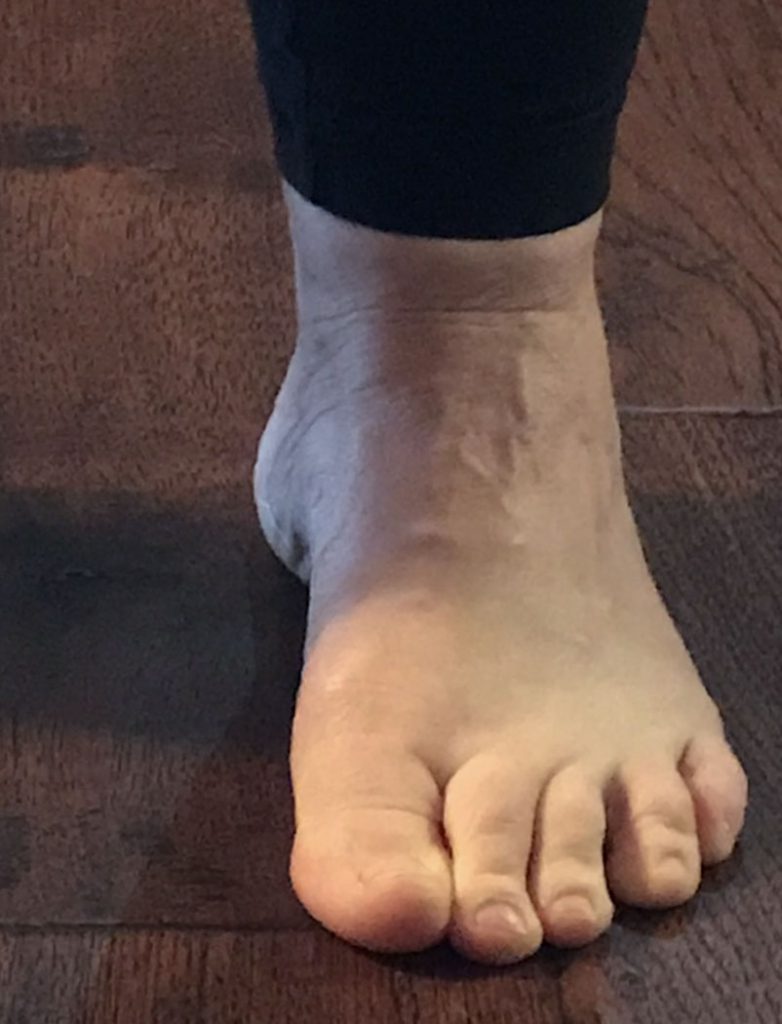
supination 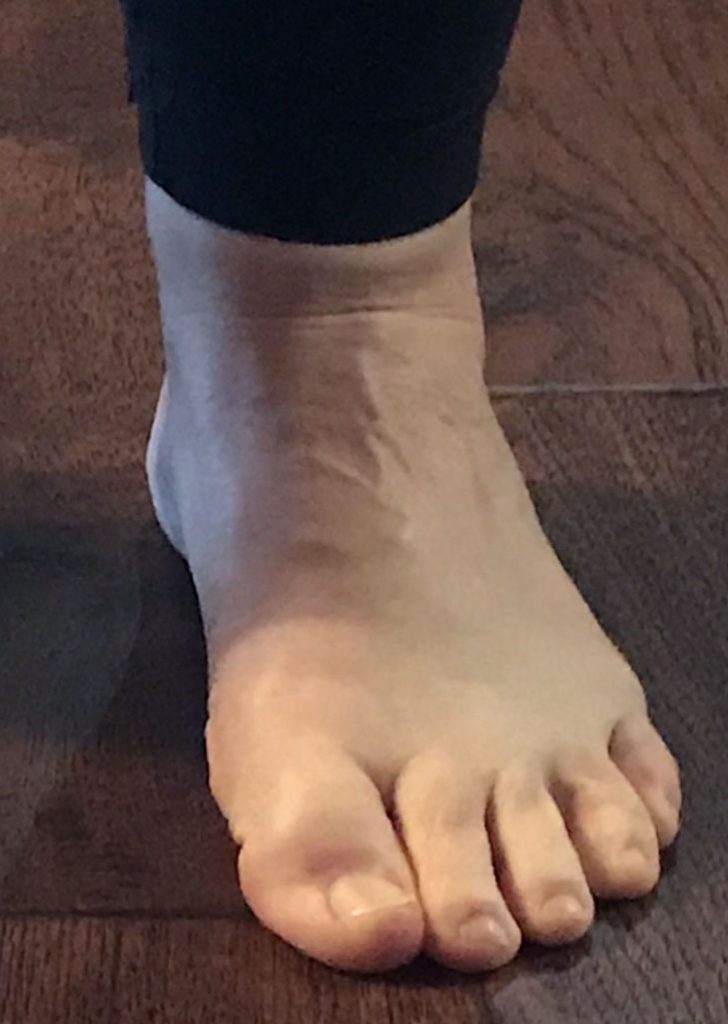
neutral 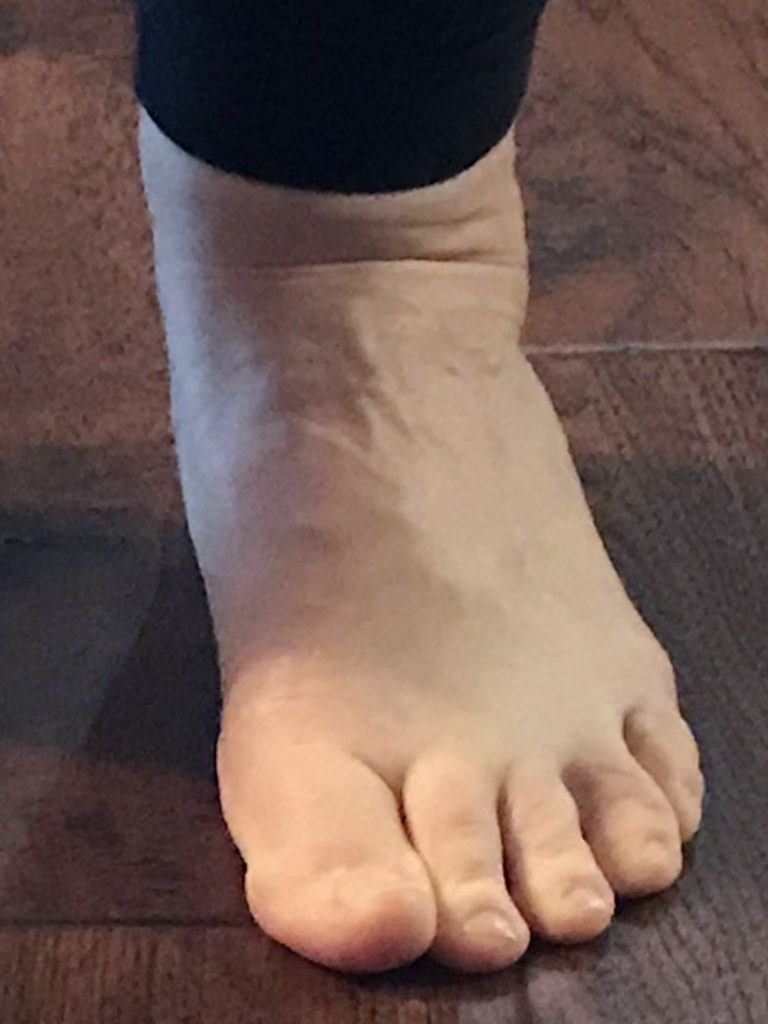
pronation
One common question I am hearing recently is what can I do for pain on the outside of my foot? I would like to address that complaint, explain why it may be happening and give you a few exercises and postural techniques that might help. Keeping your foot mobile is important for everyone and these simple suggestions are quick and easy. Several even work from the foot to the hip, pelvis and up your body, making it even more effective to correct a faulty movement pattern.
So, why is this happening? As we walk, our foot moves through several positions. A typical pattern would be to land on the outside of your heel with a stiff foot, then it quickly collapses and pronates to meet the floor. Next, the arch lifts, supinating the foot and putting the weight more on the outside, to allow you to push off and then over to the big toe to leave the ground. Many of you have heard about pronation, often referred to as a flat foot, and supination a rigid or stiff foot. Shoes are often marketed to correct these faults, especially for excessive pronation. Some people may need correction, but the shoe shouldn’t be so stiff it causes the foot to stay on the outside during the entire cycle or it loads that area too much. If you have a shoe that is keeping you out of pronation, you need to learn to lean into the arch. For people with a more rigid foot make sure you have good cushioning in your shoe and your arch can be supported, but not increased.
Another dysfunction that can happen standing and sitting is when we let the weight rest on the outside of our feet, letting our knees fall apart, losing the stabilization of the pelvis as the abdominals relax. Not the best movement strategy. This can feed into pain and stiffness in the knee, hip, back, continuing to the midback allowing it to slump and the neck go forward. All this from loading the outside of your foot too much!
One other common reason can be bunions or a corn, causing your big toe to move toward the next toe. Sometimes wearing a toe spacer between your big and 2nd toe can help increase your weight on the inside of the foot and help move you off the lateral, outside area. You can find these at a local drug store or with this link from Amazon https://www.amazon.com/Povihome-Separators-Corrector-Orthotics-Overlapping/dp/B0734KRL5N/ref=sxin_4_ac_d_rm?ac_md=1-1-dG9lIHNwYWNlcg%3D%3D-ac_d_rm&crid=2T1BFQ8OL4PC4&cv_ct_cx=toe+separators&keywords=toe+separators&pd_rd_i=B0734KRL5N&pd_rd_r=e7981609-cab0-40d4-b311-c0126a8e6d03&pd_rd_w=yp73N&pd_rd_wg=fMqb2&pf_rd_p=6d29ef56-fc35-411a-8a8e-7114f01518f7&pf_rd_r=J28VE6WH8GMT6T0TWEMB&psc=1&qid=1578780174&sprefix=toe+%2Caps%2C163 .
Ok, so now you know why it may be happening. What can you do about it? Obviously, sitting and standing with less pressure on the outside of your foot is a goal! I recently saw a bag of large cotton balls in the closet and decided to test this out. Take 2 cotton balls and place them under the arch of each foot standing with your feet about hip distance apart, feet pointing forward. Now don’t squish the cotton ball, keeping the weight on all four points of the foot (big toe, little toe, inside heel, outside heel). Push down through your feet into the floor, pulling your inner thighs lightly together, without locking your knees and lifting your abdomen, chest and head. Keep your weight centered over the foot, not letting your back arch. You should feel more grounded, with your quads, abdominals, gluteals lightly engaged and an improved posture. Take away the cotton balls and try to hold the position. Then try it sitting.
A simple exercise sitting is moving your feet from pronation to supination. You can do this with a ball or your fists between your knees. Let your feet rock from weight bearing on the inside, pronation, to weight on the outside, supination, moving only your feet. It’s not so easy when you don’t let your knees move with you. Or sit with your big toes and ankle bones together for a short period. This helps activate your posterior tibialis which is an important muscle for pushing off walking
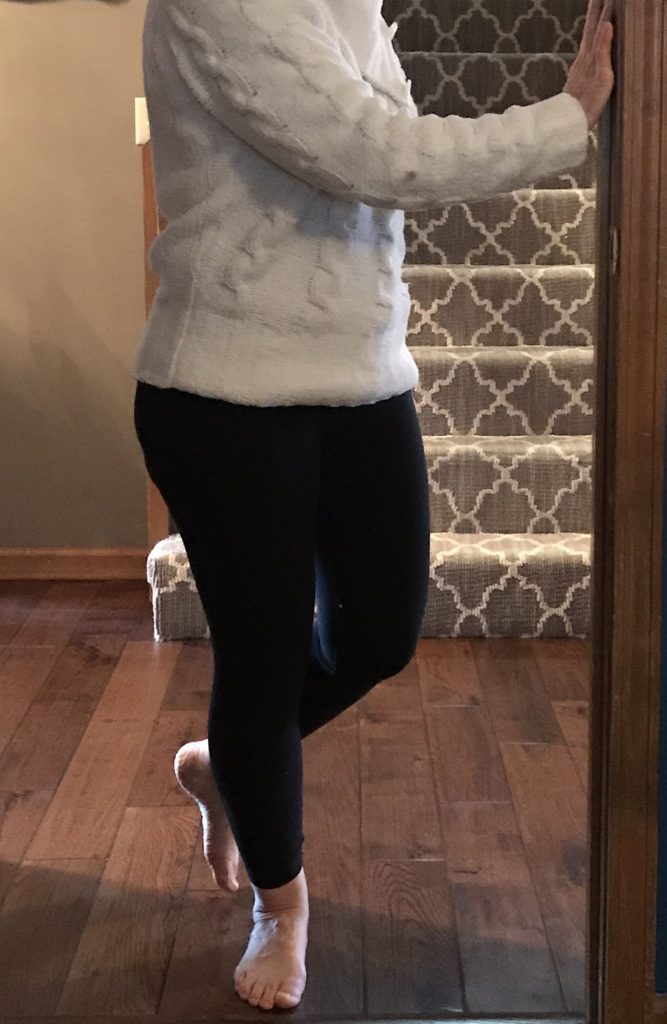
Pronation 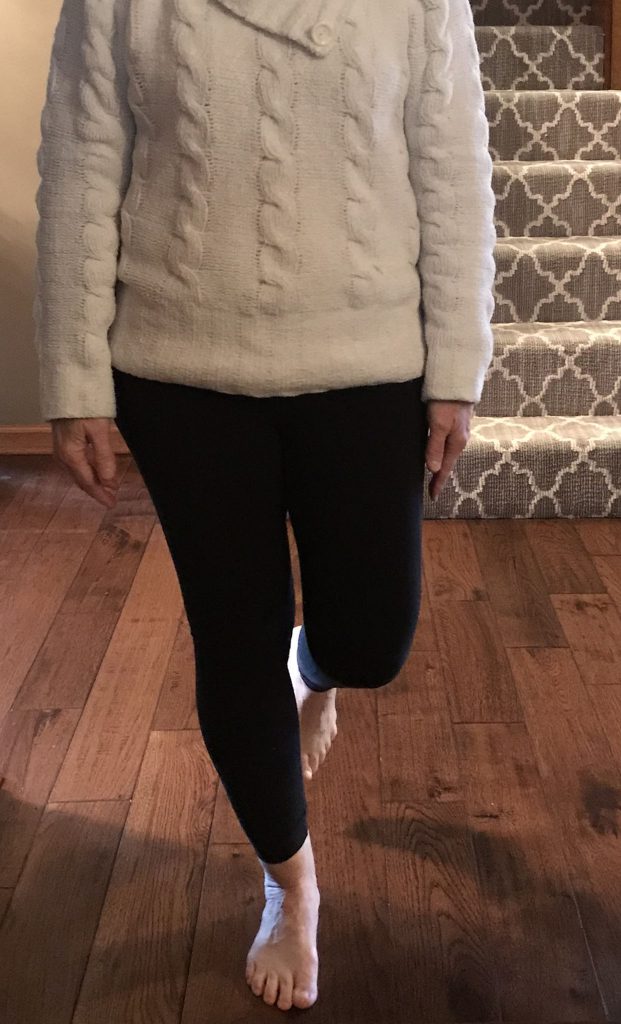
Neutral 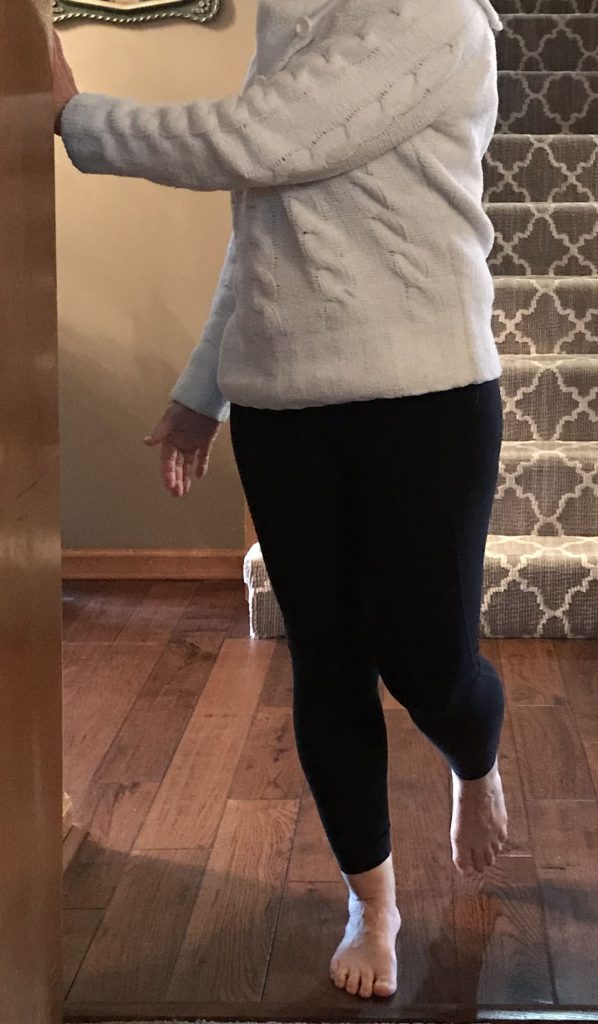
Supination
One last exercise is the standing doorway exercise. You can stand on one foot in the middle of the doorway. If you can’t balance, lightly touch your back toes down behind you. If you are standing on your right foot , rotate to the left doorframe, touching it with your right hand and let your foot pronate, flattening the arch. Your entire leg and pelvis will also roll in. Now, touch the right doorframe with your left hand and you will feel your foot supinate and the arch rise. Your entire leg and pelvis will turn out. Continue moving back and forth to mobilize the foot.
Rolling your foot on a tennis or lacrosse ball can also be useful to ease painful areas or even a foam roller. If you need further help, let me know. Many of you who know me have frequently heard, pain is not always coming from where you think it is!
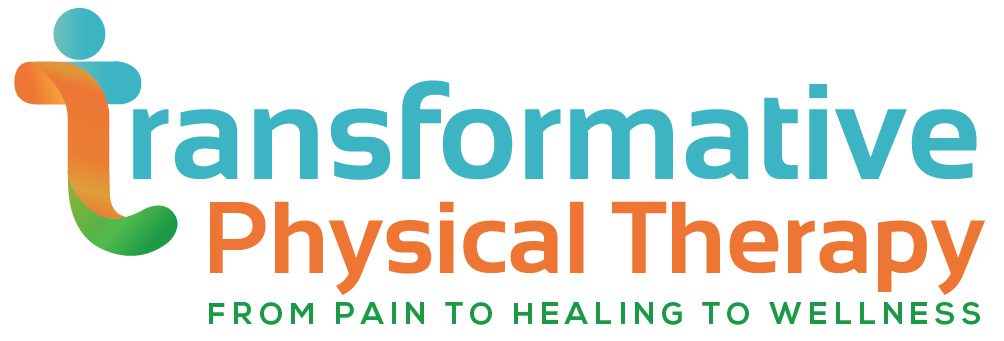
This makes perfect sense, thanks for the post!
Thanks Jane!